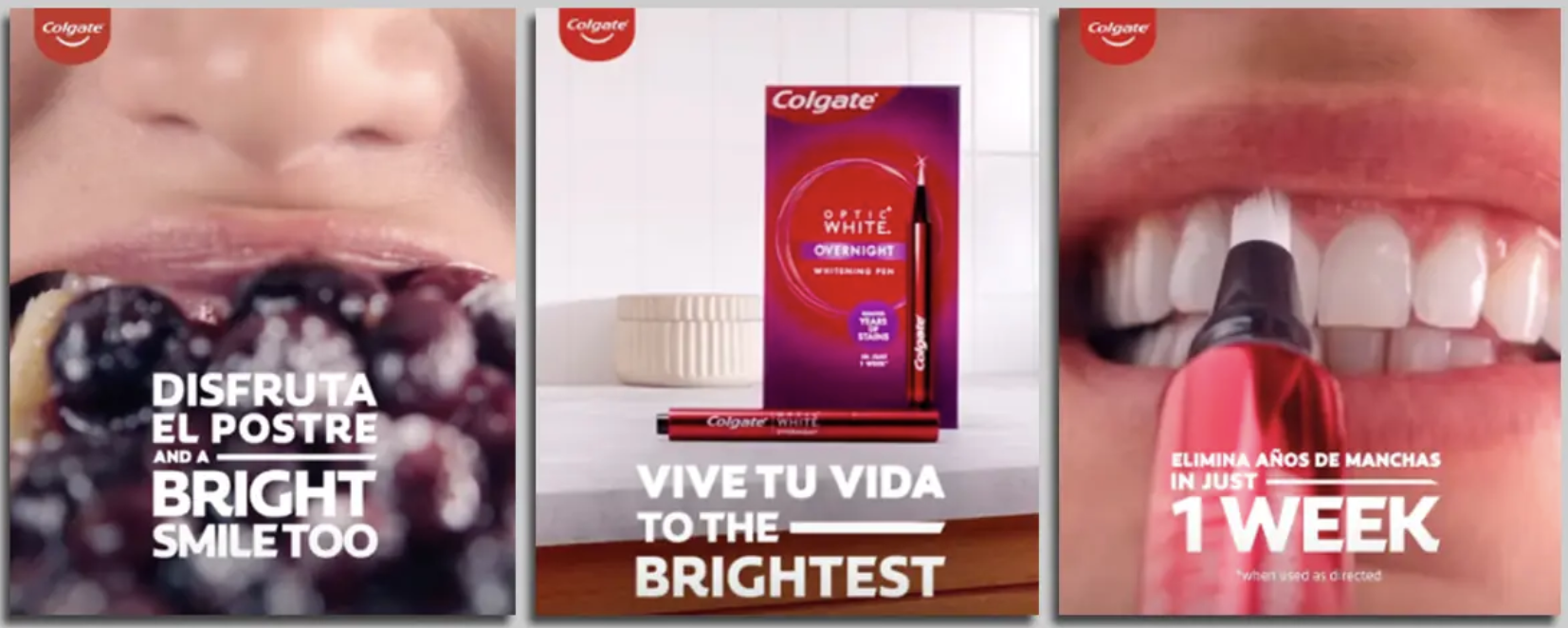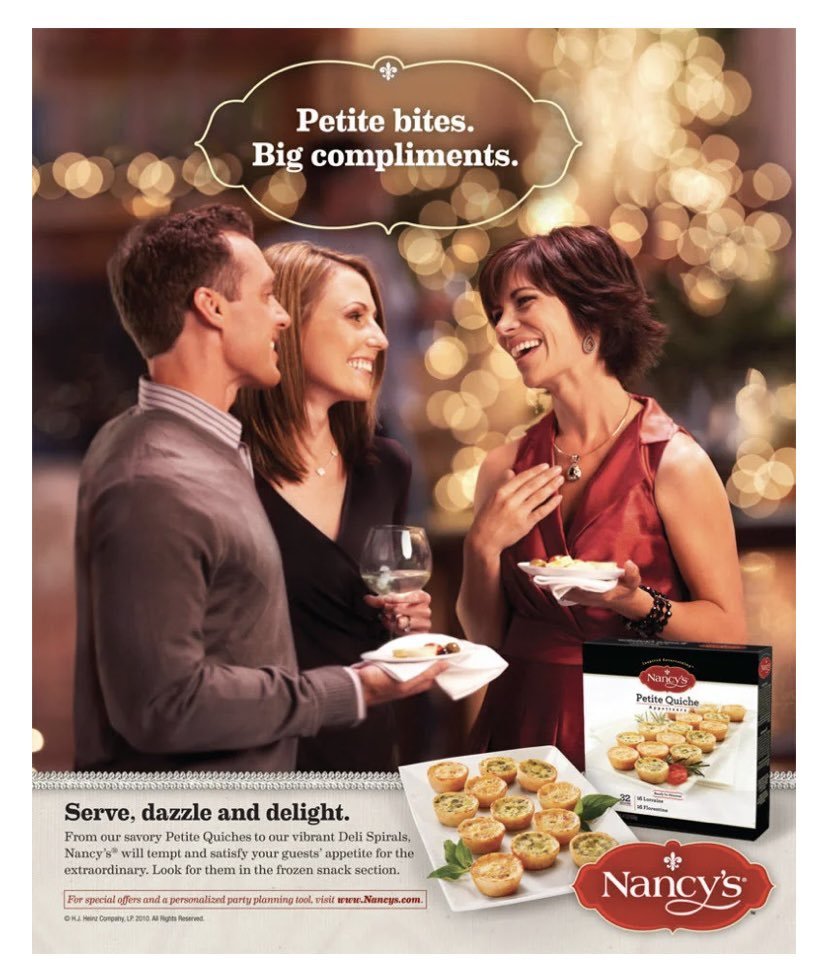
#iykyk: The Power and Perils of Code-Switching
Holly Govey
14/11/2023
Holly Govey, Data Strategist with BBH London, explores how brands speak and when cultural appreciation becomes cultural appropriation.
Parlez-vous franglais? Or maybe un poco de Spanglish?
From the outside, “code switching” between two languages appears to be the plaything of those who have not quite mastered a new tongue, or those too tired or lazy to think of the correct term. But, for bilinguals, blending two languages in the same sentence is a natural way of speaking (something I was both thankful for and amused by during my 6 months living in Montréal, Québec).
What’s more, code switching doesn’t just appear on a linguistic level - it can happen when someone switches between different vernaculars of the same language. We’ve all done it - whether it's using your “phone voice”, or curbing your use of swear words when speaking to your grandma. In America, a growing number of young people are even adopting fake British accents as a way to deflect awkward moments or lighten the mood.
Keeping up with language trends is important for brands: speaking with an “authentic” brand voice has never been more important and it can be strengthened by having a consistent style across audiences and channels. But it’s a task made harder by the influx of words being added to the English language (“beast mode”, “chef’s kiss”, and “rizz” are just some of the 690 new words that Merriam-Webster added in September 2023).
And code switching can come with repercussions, from writing bilingual ads to borrowing “internet slang” to communicate with Gen Z, or using AAVE (African-American Vernacular English) to emulate “black coolness”.
So who’s code switching?
When you start to look for examples, they’re everywhere.
Whether it’s using French to convey ideas of romanticism and sophistication (J’adore Dior), German to illustrate reliability and engineering prowess (VW - “das Auto” and Audi - “Vorsprung durch Technik”), or Spanish to link to authentic Mexican food (Taco Bell - “Live mas”) - brands love to code switch to reinstate cultural pride or create a certain perception in the minds of their consumers. Who knows - maybe La Vie Food’s vegan bacon really does make you live longer?
This OOH work from Colgate uses real “Spanglish” to reach a new generation of Latino consumers, making the brand seem relatable to younger bilingual speakers.
And it’s not just code switching between languages. KFC’s “It’s finger lickin’ good” draws on southern American dialects to link to homemade southern food, while McDonald’s’ use of gen z lowercase speak on X positions the brand as modern and relatable.
Code switching can help make an audience feel like they are “in” on the joke, particularly if it’s not a language that everyone will understand (#iykyk). It can also make a brand seem more human.
The cost of the code switch
But switching between languages is not without peril. Some brands have learnt the hard way.
Take this French ad from Burger King, which is trying to make a joke about a “come back” but to English speakers, reads as a rather unappealing “cum-flavoured” bacon burger.
Or this ad from Nancy’s which mixes “petite” (the French word for small) with the English, “bites” - with the aim of saying “little bites, big compliments”. But to the bilingual eye, “une bite” is a slang term for penis - completely transforming the meaning of the ad.
Sibyllans made a similar error in its attempt to make a pun on “tea” and “therapist”, but instead ended up warning shoppers about a tea-rapist.
Aside from the dangers of mistranslation, code switching can also alienate segments of your audience who aren’t bilingual or privy to the pun being made in the original language. What’s more, borrowing words or phrases from certain groups and communities could be seen as capitalising on something that is not yours to use, particularly if it’s a departure from your ‘authentic’ brand voice.
Brands playing up to the “coolness” of different vernaculars is also dangerous. For example, brands’ use of AAVE (African-American Vernacular English) - such as “y’all”, “on fleek”, “it’s lit”, “the tea” and “bae” - can be seen as cringeworthy at best, or cultural appropriation at worst.
I can speak 10 languages. English and Binary.
Speaking in “code” may feel clever and layered in meaning, but it works best if the majority of your target audience understands the joke. Keep in mind how it will be interpreted by those outside of the target audience.
Much like the awkward moment when someone talks about you in another language not knowing you can speak it too (see r/ispeakthelanguage), remember that code switching will impact everyone that touches a brand. This can be pretty jarring - imagine seeing a serious, polished TV ad about a sincere topic - only to click through to the brand’s sarcastic and flippant social media page, filled with acronyms and puns clearly catering only to those under 25.
Co-opting ways of speaking from different communities can feel like that moment when a politician drops a slang term or meme in a debate and ruins the fun for everyone. So listen to your brand’s community and their way of speaking - but see their language as material for understanding them, not something you need to copy.
How to crack the code
When “switching” out of one tone of voice or language and into another, keep the following in mind to ensure your audience is laughing with you and not at you.
If you have to explain it, it’s not funny.
Listen more than you talk.
Don’t try to be a *cool* mom. Some brands are destined to be *regular* moms - imitation is not always flattering.
If you really need to say something that feels like a jarring code-switch for your brand, consider using influencers to let them say it for you.
Consistency is key. Showing up in a similar way across channels (whether bilingual or monolingual) is the best way to reinforce your brand identity and be remembered.






